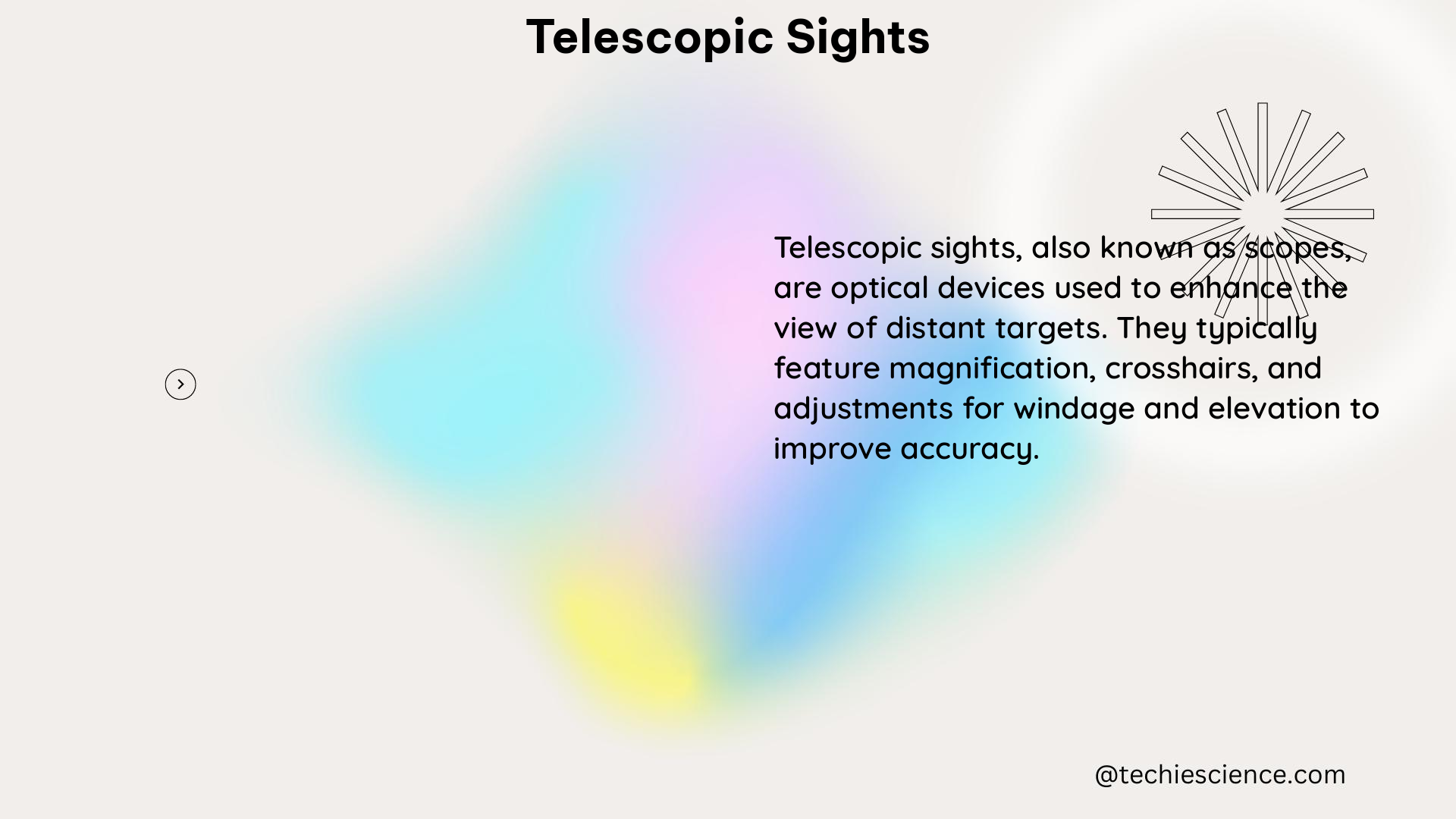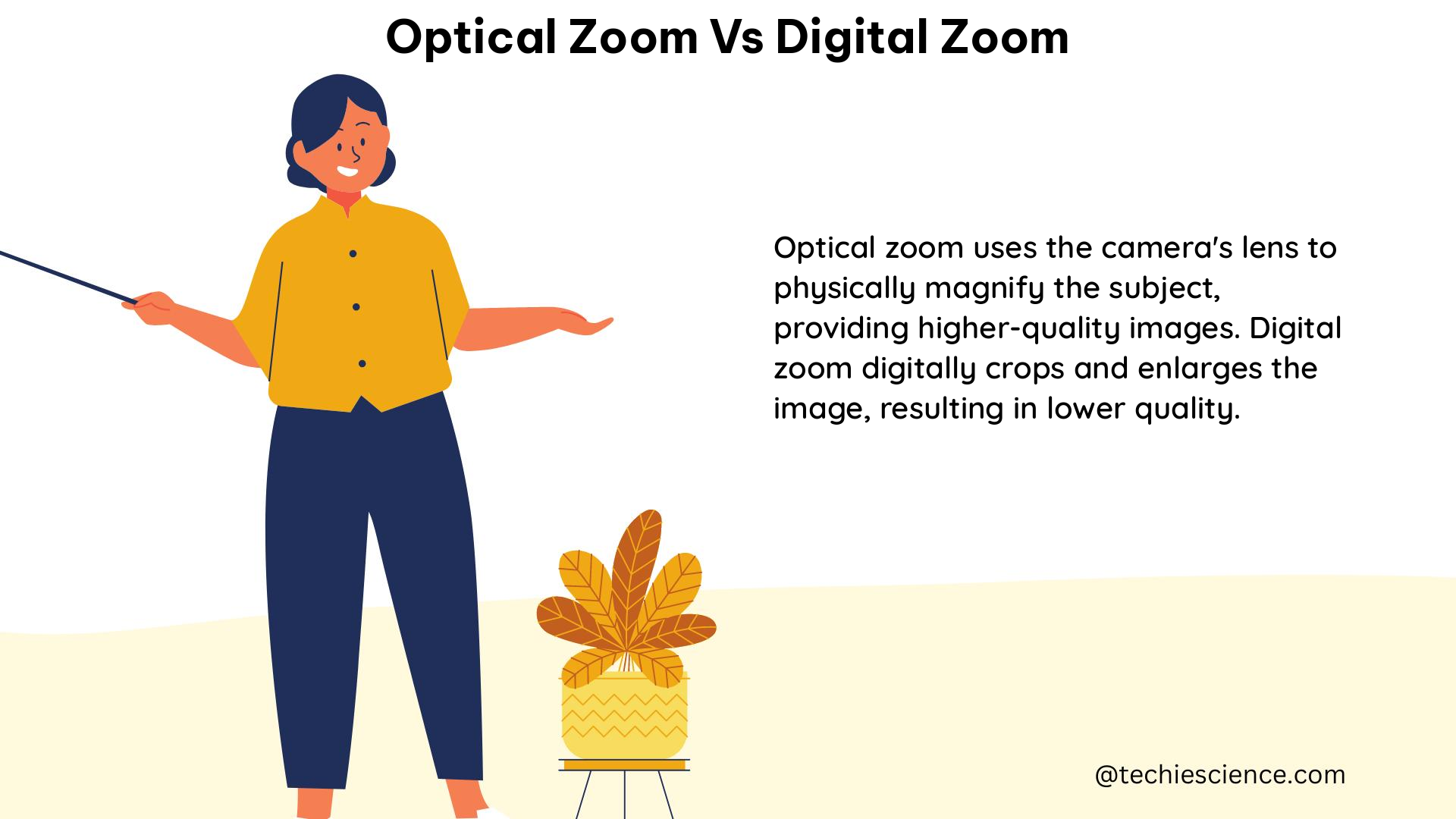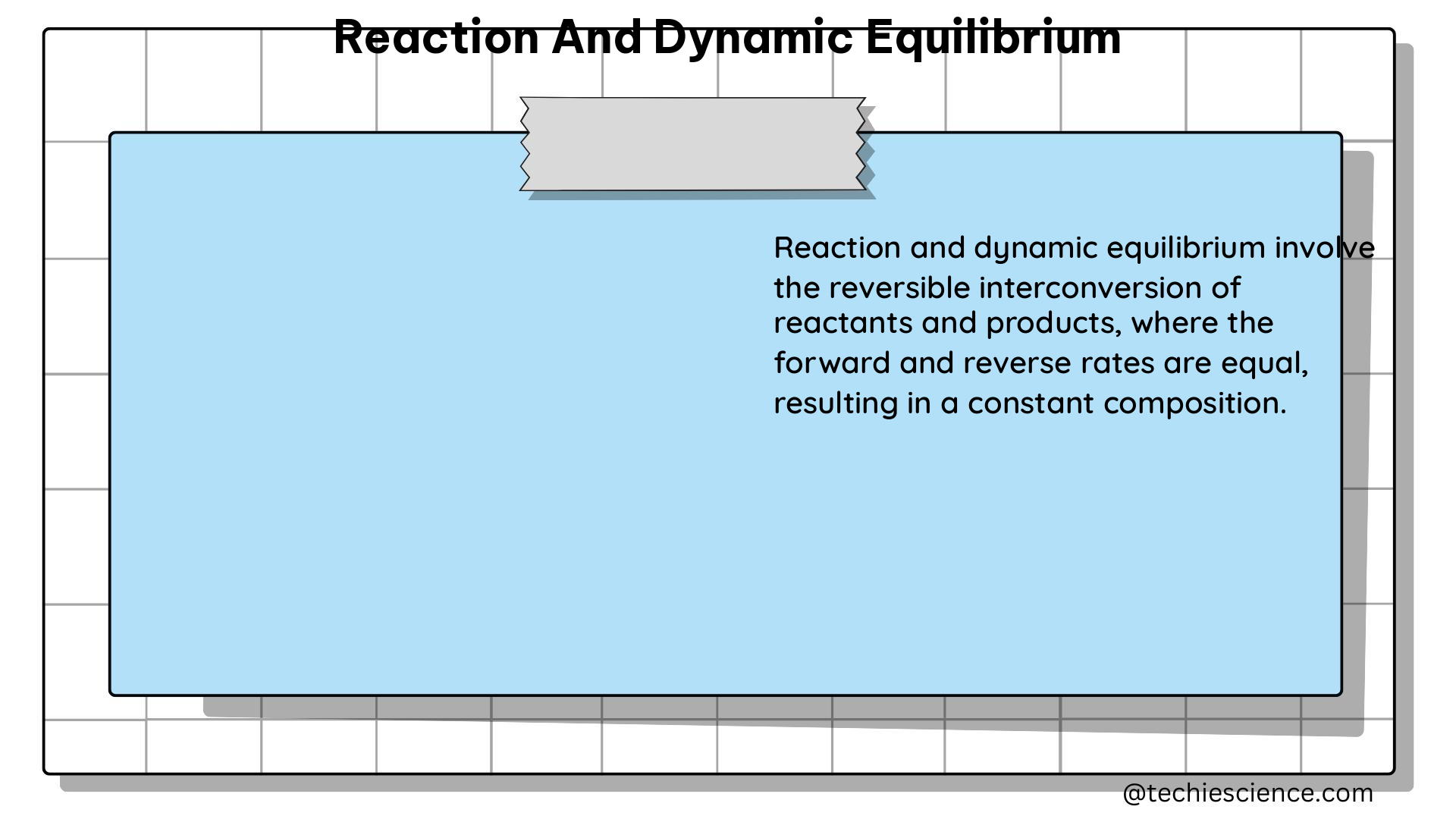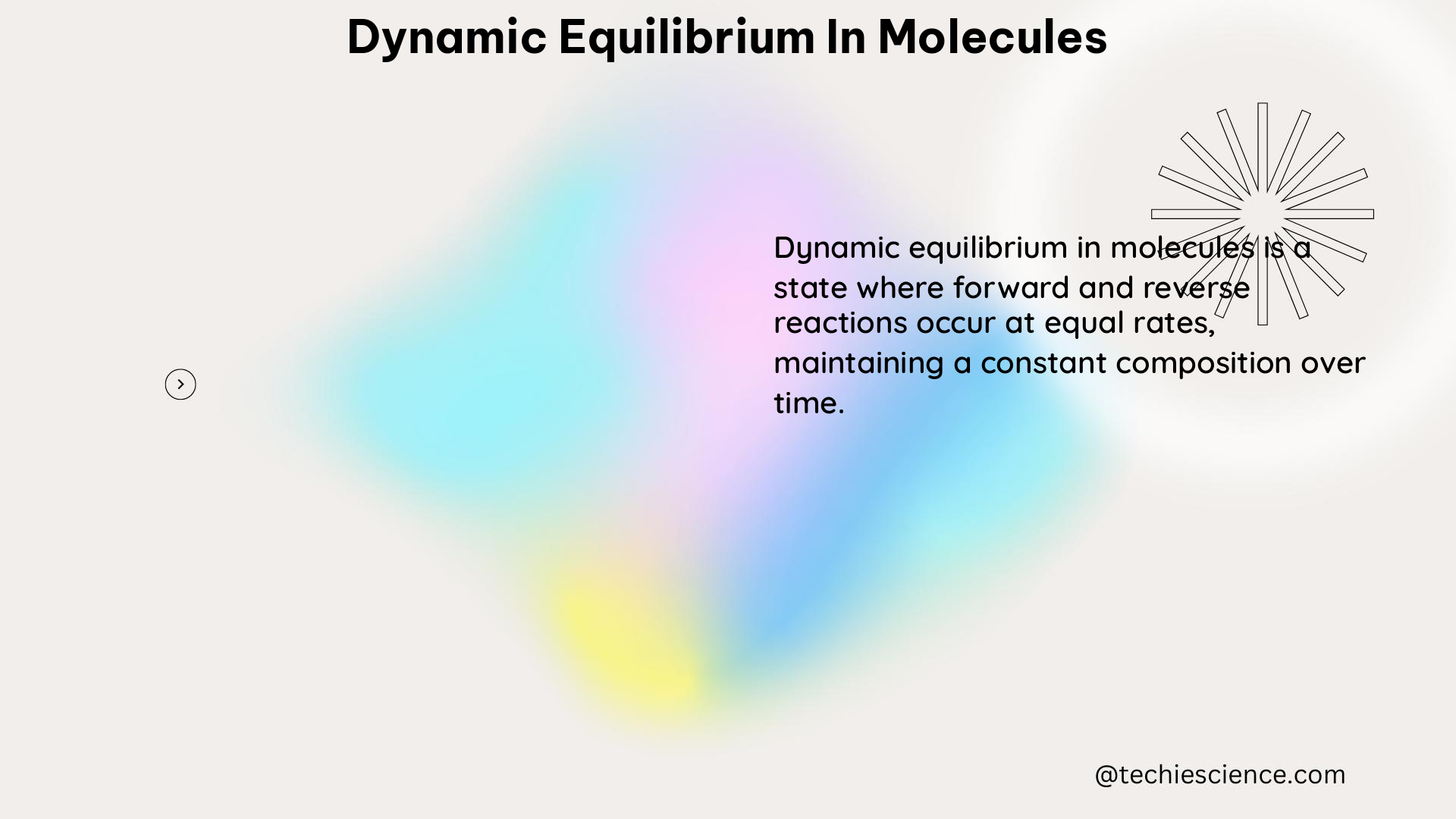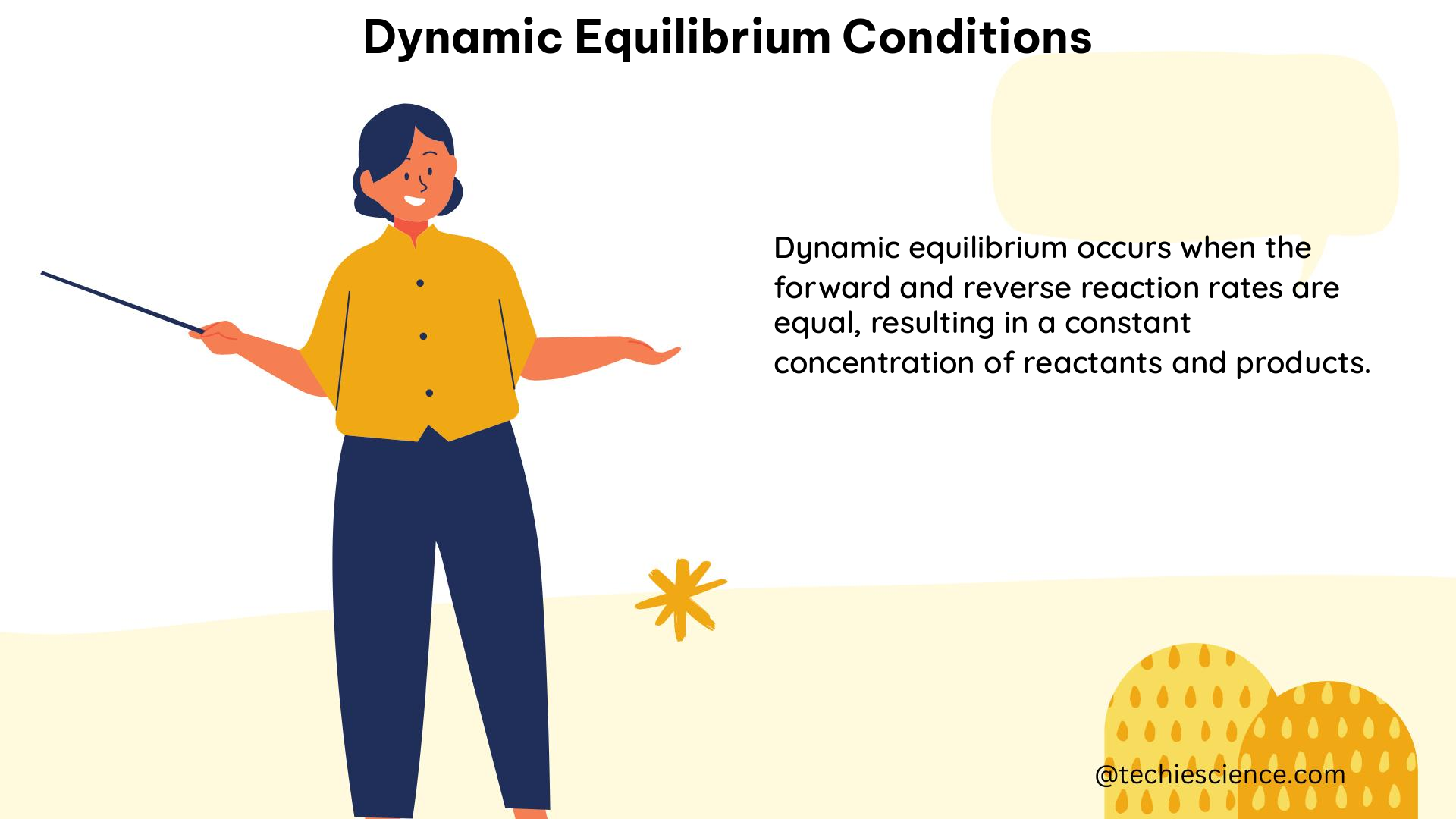Homeostasis is a fundamental concept in biology, describing the ability of living organisms to maintain a stable internal environment despite changes in external conditions. This concept can be understood through the lens of dynamic equilibrium, which is a state where opposing forces or processes balance each other out, resulting in a relatively constant overall state. In the context of homeostasis, this dynamic equilibrium is achieved through various physiological mechanisms that work to counteract disturbances and maintain the body’s internal parameters within a narrow, optimal range.
Understanding Homeostasis as a Dynamic Equilibrium
Integrative Physiology Perspective
From an integrative physiology standpoint, homeostasis is viewed as a key goal that drives various body processes. The body’s internal environment is constantly subjected to external and internal perturbations, such as changes in temperature, pH, or nutrient levels. To maintain homeostasis, the body employs a complex network of regulatory mechanisms that work together to detect these changes and initiate appropriate responses to restore the desired state.
Systems Biology Perspective
In the systems biology approach, homeostasis is considered an emergent mechanistic fact, where the overall stability of the system arises from the intricate interactions between its various components. These components, which include sensors, controllers, and effectors, work together to form a feedback control system that maintains the dynamic equilibrium of the body’s internal environment.
Evolutionary Biology Perspective
From an evolutionary biology perspective, homeostasis can be understood as a fundamental adaptation that has evolved to ensure the survival and reproduction of living organisms. By maintaining a stable internal environment, organisms are better equipped to withstand environmental stresses and fluctuations, allowing them to thrive and pass on their genetic information to future generations.
Quantifiable Perspective
Homeostasis can be quantified and described using the concept of dynamic equilibrium. This equilibrium is achieved through internal control mechanisms that counteract external forces that could disrupt the body’s internal environment. These control mechanisms involve various physiological processes, such as the regulation of blood pressure, pH, and temperature, which work to maintain the desired state.
Mathematical Modeling of Homeostatic Equilibrium
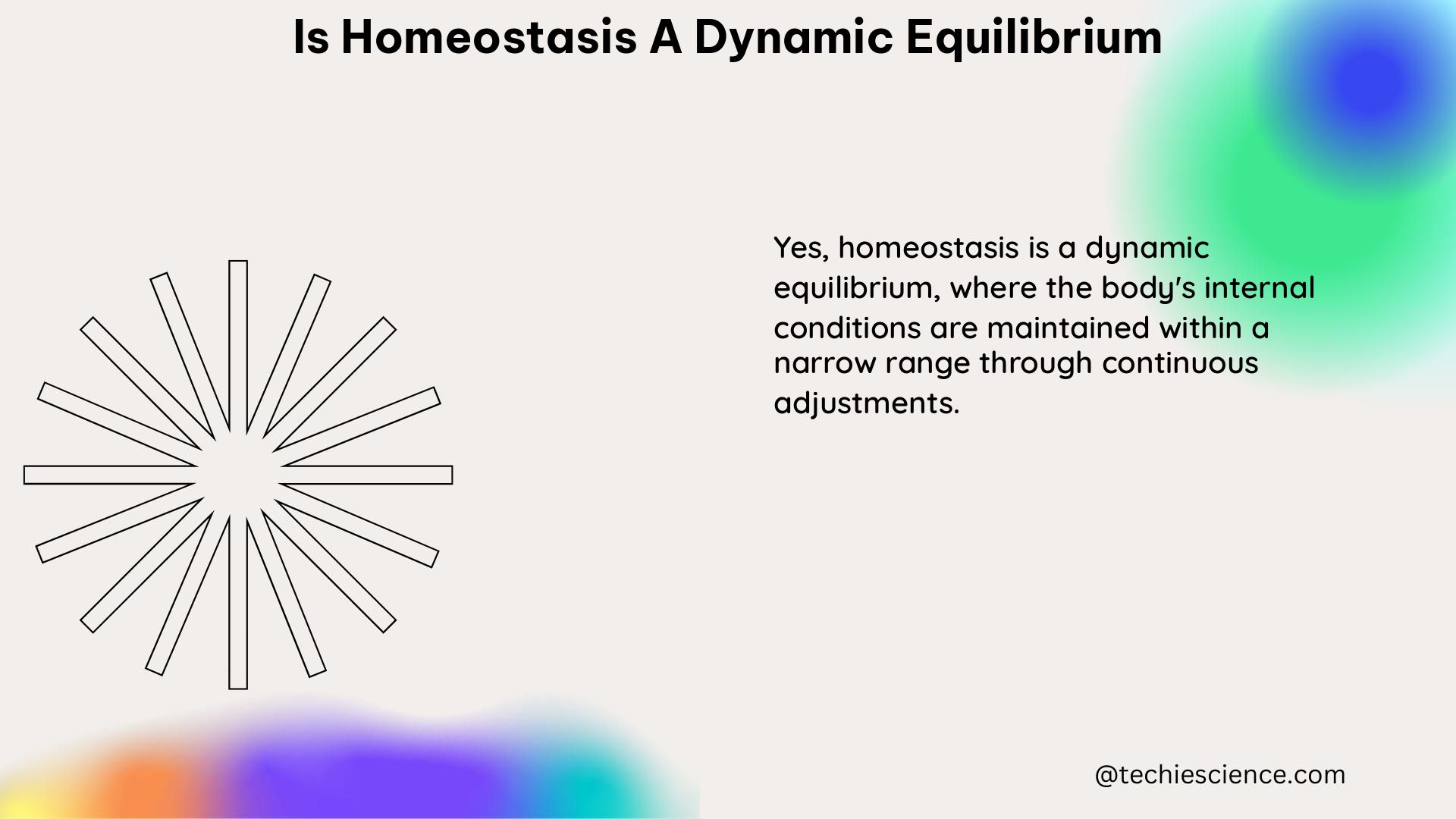
Equations Representing Physiological Variables
Homeostasis can be described using mathematical equations that represent the relationships between various physiological variables. For example, the homeostatic equilibrium of a healthy organism can be studied using oppositely effective physiologic feedback signal-pairs, which can be represented mathematically. These equations can help researchers understand the underlying mechanisms and dynamics of the homeostatic system.
Probability Distribution Functions
In addition to using equations, the probability distribution function of the vectors in the homeostatic system can be used to determine quantities within the system. This approach can provide insights into the statistical properties of the homeostatic system and how it responds to perturbations.
Homeostasis and Feedback Control Systems
Feedback Control Theory
From a physics perspective, homeostasis can be understood through the concept of feedback control systems. These systems are designed to maintain a stable state in the presence of external disturbances. In the context of homeostasis, the body acts as a feedback control system, using sensors, controllers, and effectors to maintain a stable internal environment.
Control Theory and Mathematical Models
Control theory involves the use of mathematical models to predict and control the behavior of a system. In the case of homeostasis, control theory can be applied to describe the body’s regulatory mechanisms and how they work to maintain the dynamic equilibrium of the internal environment.
Practical Applications and Examples
Regulation of Blood Pressure
One example of homeostasis as a dynamic equilibrium is the regulation of blood pressure. The body’s cardiovascular system uses a feedback control system to maintain blood pressure within a narrow, optimal range. This involves sensors that detect changes in blood pressure, controllers that process this information, and effectors (such as the heart and blood vessels) that adjust the flow of blood to restore the desired pressure.
Regulation of Body Temperature
Another example is the regulation of body temperature. The body’s thermoregulatory system uses a feedback control system to maintain a stable core temperature, even in the face of external temperature changes. This involves sensors that detect changes in temperature, controllers that process this information, and effectors (such as the sweat glands and blood vessels) that adjust heat production and dissipation to maintain the desired temperature.
Regulation of Blood pH
The regulation of blood pH is another example of homeostasis as a dynamic equilibrium. The body’s respiratory and renal systems work together to maintain a stable blood pH, even in the face of changes in metabolic processes that can alter the balance of acids and bases in the body.
Conclusion
In summary, homeostasis is indeed a dynamic equilibrium, where the body’s internal environment is maintained within a narrow, optimal range through a complex network of regulatory mechanisms. This concept can be understood from various perspectives, including integrative physiology, systems biology, and evolutionary biology, and can be described using mathematical models and the principles of feedback control systems. By understanding the dynamic nature of homeostasis, we can gain deeper insights into the fundamental mechanisms that sustain life and adapt to changing environmental conditions.
References:
1. Goldstein, D. S. (2020). How does homeostasis happen? Integrative physiological, systems biological, and evolutionary perspectives. American Journal of Physiology-Regulatory, Integrative and Comparative Physiology, 318(4), R867-R892.
2. Goldstein, D. S. (2019). On the dynamic equilibrium in homeostasis. Frontiers in Endocrinology, 10, 311.
3. University of California, Santa Barbara. (n.d.). Control Theory and Feedback Mechanisms. Retrieved from https://www.control.engineering.ucsb.edu/
4. Encyclopædia Britannica. (n.d.). Homeostasis. Retrieved from https://www.britannica.com/science/homeostasis
5. Chemistry LibreTexts. (n.d.). Dynamic Equilibrium. Retrieved from https://chem.libretexts.org/Bookshelves/Physical_and_Theoretical_Chemistry_Textbook_Maps/Supplemental_Modules_(Physical_and_Theoretical_Chemistry)/Kinetics/Equilibrium/Dynamic_Equilibrium
